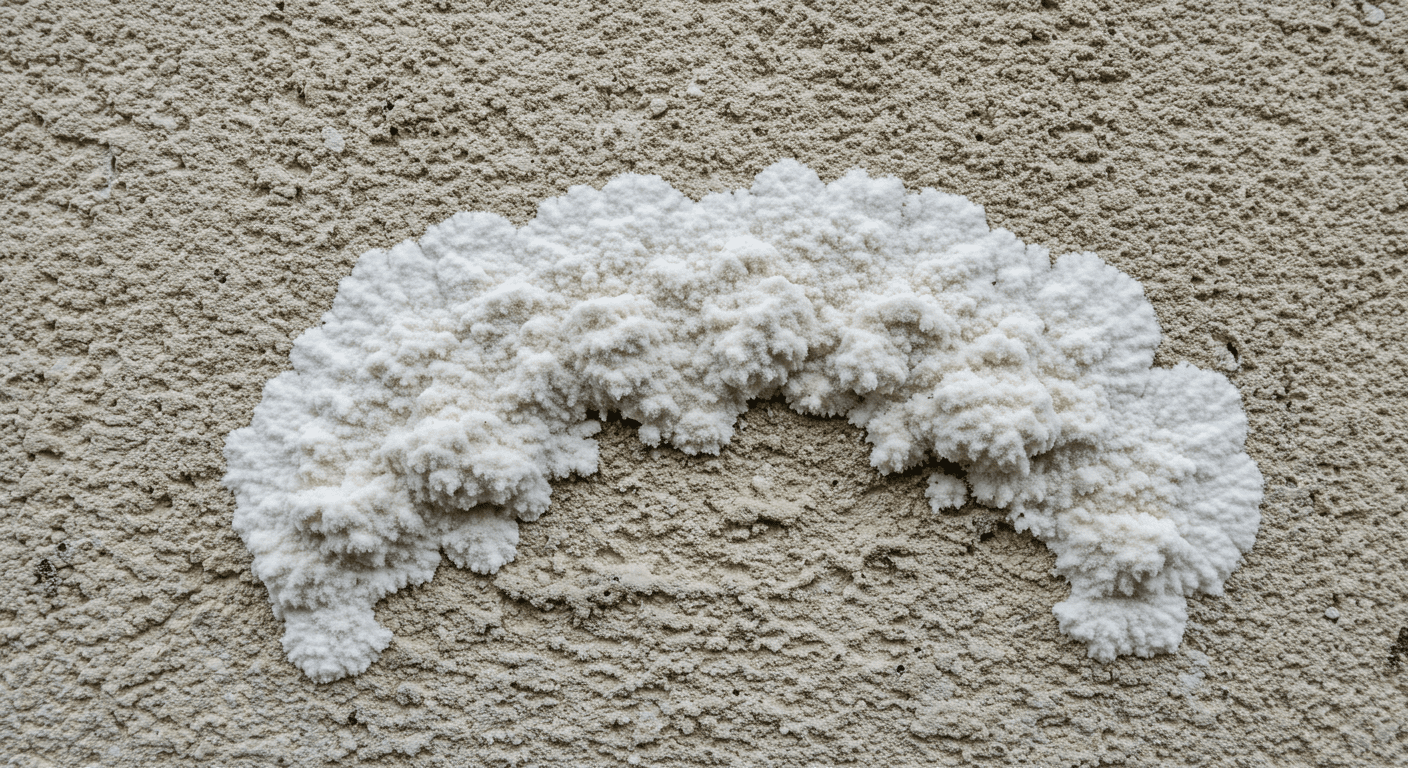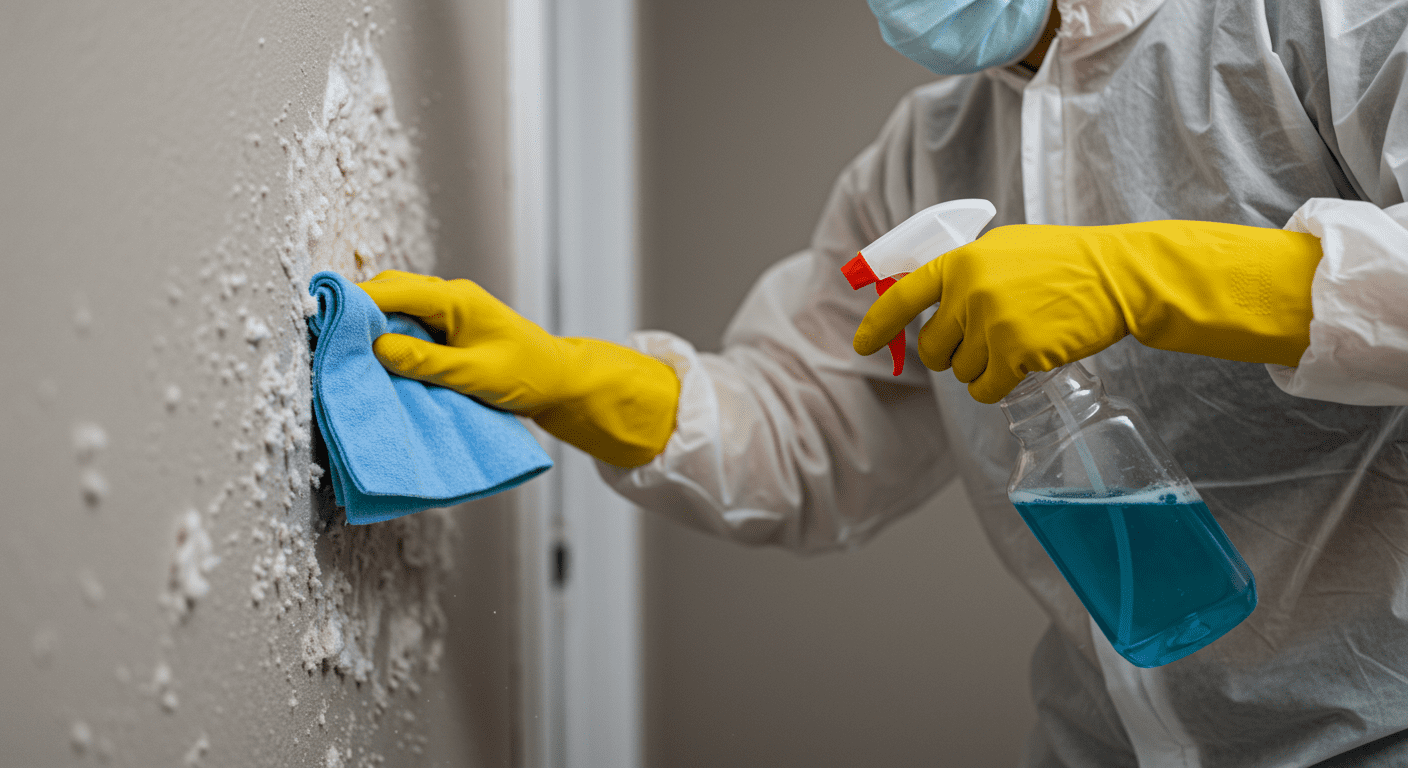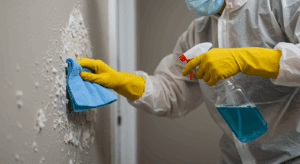White mold is a common yet often overlooked issue that can pose significant risks to both your health and your home. In San Antonio, TX, the warm and humid climate creates the perfect breeding ground for mold growth. This article explores everything you need to know about white mold, including its characteristics, health risks, removal methods, and prevention strategies.
What is White Mold?
White mold is a type of fungus that thrives in damp, humid environments. It is often mistaken for mildew due to its light color and fuzzy texture. Unlike mildew, which is typically surface-level, white mold can penetrate deeper into materials like wood, drywall, and fabrics, causing structural damage over time.
Common Species Found in San Antonio
In San Antonio, some of the most common species of white mold include Aspergillus, Cladosporium, and Penicillium. These molds are often found in areas with poor ventilation, such as basements, attics, and bathrooms. The local climate, characterized by high humidity levels, makes homes in this region particularly susceptible to mold infestations.
Health Risks Associated with White Mold
White mold is not just a cosmetic issue; it can also have serious health implications. Prolonged exposure to mold spores can lead to a variety of symptoms and health conditions.
Symptoms and Reactions
Common symptoms of mold exposure include respiratory issues such as coughing, sneezing, and shortness of breath. Some individuals may also experience skin irritation, headaches, and fatigue. In severe cases, mold exposure can exacerbate asthma and other chronic respiratory conditions.
Vulnerable Populations
Certain groups are more vulnerable to the effects of white mold, including children, the elderly, and individuals with compromised immune systems. If you or a family member falls into one of these categories, it is crucial to address mold issues promptly to minimize health risks.
Effective Removal Methods for White Mold
Removing white mold requires a combination of proper techniques and tools. While some minor infestations can be handled with DIY methods, larger or more persistent issues often require professional intervention.
DIY Removal Steps
For small areas affected by white mold, you can use a mixture of water and vinegar or a commercial mold remover. Be sure to wear protective gear, including gloves and a mask, to avoid direct contact with mold spores. Scrub the affected area thoroughly and ensure it is completely dry to prevent regrowth.
When to Call Professionals
If the mold has spread to a large area or has penetrated deep into walls or flooring, it’s time to call in the experts. Professional mold removal services in San Antonio, TX, use advanced techniques and equipment to ensure thorough remediation. For more information, check out this Comprehensive Guide to Testing for Mold Spores in San Antonio, TX.
Preventing White Mold Growth in Your Home
Prevention is always better than cure, especially when it comes to mold. By taking proactive measures, you can significantly reduce the risk of white mold growth in your home.
Tips for Moisture Control
Controlling moisture is the first step in preventing mold. Use dehumidifiers in damp areas like basements and bathrooms. Ensure proper ventilation by using exhaust fans and opening windows whenever possible. Fix any leaks in pipes or roofs promptly to eliminate potential water sources for mold.
Importance of Regular Inspections
Regular home inspections can help identify mold issues before they become severe. Pay special attention to areas prone to dampness, such as under sinks, around windows, and in crawl spaces. Professional inspections can provide a more thorough assessment and peace of mind. For expert help, consider these Comprehensive Mold Remediation Services in Chapel Hill, San Antonio, TX.

White mold is a serious issue that requires immediate attention. By understanding its risks, learning effective removal methods, and implementing preventive measures, you can protect your health and home. If you suspect a mold problem, don’t hesitate to seek professional assistance to ensure a safe and healthy living environment.




